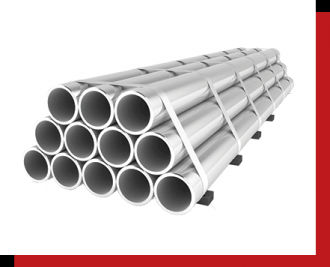An often-misunderstood part of buildings and construction, in general, are the pipes that are lined within walls, under floors, and just above ceilings.
They form this system that allows for hygienic disposal of liquids and other things. They are needed for kitchens and bathrooms to be functional on higher floors. With that in mind, it’s important to have at least a basic know-how of how to keep these maintained. Simple pipe and drainage care tips can go a long way even for anyone that will need to clean these pipes in the future.
Take a look at these four tips that we’ve compiled for the care and maintenance of your pipes!
Be Careful What You Flush Down
Those who don’t understand how drainage pipes work are most likely to clog them easily. Things like sinks and drains are usually able to handle most of the bad things that you throw into them. However, there’s a small list of things that you must never flush down any sink or drain anywhere it may be.
There are obvious things such as pieces of metal and plastic. Though these things can be forced down with water, you’ll never know when one of them gets stuck in an awkward position, essentially blocking the pipes. Eggshells and coffee grounds should also be considered as they can easily pile up and clog up the whole drainage system.
You have to make sure that you only flush down what is necessary—things that won’t harm both your pipes and the water reserve where it dumps all the things.
As a side note: never flush down unused medication, infectious items/substances, and potentially contaminated objects! You will be doing more harm than good.
Be Mindful of Exposed Piping
Faucets, sinks, and a few pipes are usually exposed because of design purposes or convenience. Whatever the reason may be, you need to inspect them occasionally. Although steel or plastic pipes are some of the most durable products in the market, they are not invincible. Water leakages and cracks can just appear without any warnings and it can lead to some structural problems.
It’s trickier to find hidden pipes that are damaged or have been worn down which is why it’s also important for you to know the tell-tale signs of one being present. Things like stains suddenly appearing on your walls or ceilings and water pooling around the floor are some of the most obvious ones.
When spotted, they will indicate that there’s a problem that you can now fix! Unless you know a thing or two about drainage systems, be sure to call an expert to treat the root cause!
Have the Necessary Maintenance Equipment
Although part of the overall structure of a building, you must not use power tools or home construction tools when dealing with drains and pipes. The three pieces of equipment that are needed for this are the following: an Auger, a Snake, and a Cup Plunger.
Drain snakes and augers are relatively similar. They are both used to clear away the debris that is causing a clog in a pipe. Drain snakes are better used for smaller pipes like the ones found in your kitchen, and augers are for larger pipes such as the ones under your shower and toilets.
Of course, cup plungers, make use of suction and pressure to force clogs to loosen. Most often seen in televisions as a means to unclog toilets, it’s a simple yet pretty effective tool to keep pipes clear.
Though these are not all of the things you need to take care of your drain pipes, they should be enough for homes and commercial buildings.
Know-How to Best Clean Your Pipes
Contrary to what might seem obvious, liquid drain cleaners are not the best thing to use to keep your pipes clean and unclogged. Most of these solutions can deal more damage than good, especially when you apply them needlessly. The chemicals in the cleaners can’t exactly distinguish the pipe from the clog. It’s often too strong for the pipes.
With that, here are easy home alternatives to follow.
First, you can simply pour very hot water down the drain. Don’t do so while it’s boiling though. After that, pour some cold water to continue to flush out the debris that has been melted away by the hot water!
You could also use baking soda and vinegar. Pour half a cup of baking soda down the drain first then add half a cup of vinegar. This will be smelly so plug the sink and let it sink overnight. The following day, flush the drain with hot water and it will surely remove any clogs and other things stuck in it!
Key Takeaway
It may not seem like it, but there’s a lot of maintenance and care tips for drainage pipes. These should not be ignored for it can be detrimental for your home to have faulty drainage pipes! Make sure to check and clean them at least once a month to ensure that none of them have any clogs or leaks!





